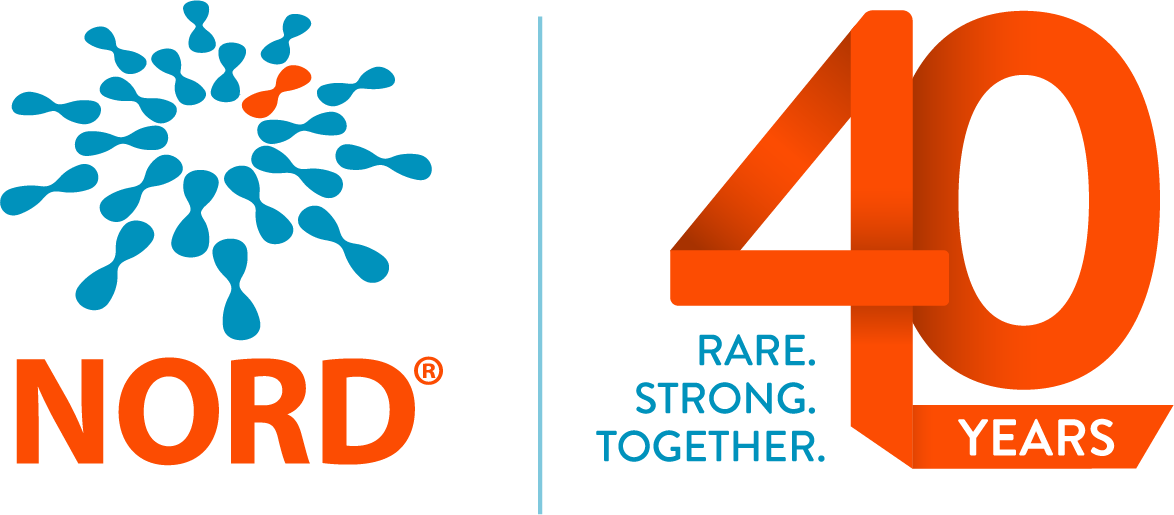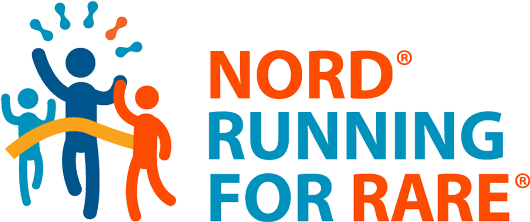-
RareAction Network > About > News > NORD News > Impact of the Orphan Drug Tax Credit for Rare Diseases
Impact of the Orphan Drug Tax Credit for Rare Diseases
Today, the National Organization for Rare Disorders (NORD), Biotechnology Industry Organization (BIO), and Ernst & Young released “Impact of the Orphan Drug Tax Credit on Treatments for Rare Diseases,” a new white paper examining the role of the Orphan Drug Tax Credit (ODTC) on rare disease drug discovery. Patients share their experiences in profiles that accompany this study. Read the full report and patient experiences.
The report shows that one-third fewer new orphan drugs would have been developed to treat rare diseases in the last 30 years without the passage of the ODTC as part of the Orphan Drug Act (ODA) in 1983. Since the law’s enactment, 486 orphan products have been approved by the U.S. Food and Drug Administration (FDA).
Prior to the ODTC, the number of annual deaths from rare diseases was growing at a slightly higher rate than that from other diseases (2.0 percent and 1.3 percent, respectively). In the 10 years following, the number of annual deaths from rare diseases declined at a rate of 3.1 percent, while the annual number of deaths from other diseases continued to grow at a rate of 1.2 percent.
If the ODTC were repealed today, drug developers would see higher costs for orphan drug development (39 percent and 30 percent for established and pre-market drug developers, respectively) and higher costs of capital (36.3 percent and 27 percent, respectively), resulting in diminished research and development for new orphan drugs. Based on this approach, the authors estimate 276 fewer orphan drugs would enter the development pipeline over the next 10 years absent of the ODTC.
“NORD was pivotal in developing and helping to pass the Orphan Drug Tax Credit, which has been the catalyst drug developers needed—and still rely on today—to invest in orphan drugs,” said Peter L. Saltonstall, President and CEO of NORD. “Rare diseases represent a large public health issue: there are 30 million Americans affected by 7,000 rare diseases, and 95 percent of these diseases still have no treatment and there are zero cures. We will continue to work with all stakeholders on behalf of patients to help develop safe, effective new treatments.”
“The Orphan Drug Tax Credit has played a critical role in spurring the creation of potentially life-saving treatments for patients suffering from rare diseases,” said Jim Greenwood, President and CEO of BIO. “As we look to develop new therapies for devastating diseases, we must make sure that public policies continue to incentivize this type of biomedical innovation, which ultimately leads to improved quality of life, increased productivity and greater enjoyment of everyday activities by patients with a range of diseases.”
The white paper explains the cost-saving benefits of the ODTC: in a recent survey, 55 percent of respondents incurred medical expenses not covered by insurance (90 percent reported having insurance). Effective treatments for rare diseases may lower total out-of-pocket medical costs for patients and reduce the aggregate level of health care consumption.
Orphan drugs are promising drug candidates at risk of languishing due to the economics of drug discovery for diseases that affect a relatively small population. The ODTC allows companies to develop products that would otherwise not be commercially feasible by reducing the costs of developing drugs for small patient populations. The ODTC offers drug developers a tax credit equal to 50 percent of qualified clinical trial costs.
Orphan drugs have been developed for a variety of diseases, including Cystic Fibrosis, Sickle Cell Anemia, Parkinson’s Disease, Hodgkin Lymphoma, Gaucher Disease and Huntington’s Disease. In the U.S., nearly one out of every 10 people suffers from a rare disease. A rare disease is a condition that affects 200,000 or fewer patients.
Prior to the Orphan Drug Act Tax Credit’s passage, there were fewer than 40 drugs approved in the U.S. to treat rare diseases and on average only two new orphan drugs were produced each year.
“The FDA approved more orphan drugs in 2014 than in any other year in its history. We are at a pivotal moment of medical progress and innovation,” added Saltonstall. “NORD will continue to drive policies that create a regulatory environment conducive to rare disease drug development to help patients.”
“The Orphan Drug Tax Credit is accomplishing Congress’ original intent to increase rare disease treatment investment and R&D. The credit has been recognized as one of the most cost-effective and efficient programs enacted by Congress,” added Greenwood.
Orphan therapies have been, and continue to be, critical to patients suffering from rare diseases.
Quick Search
Subscribe
Blog Categories
Archives



Comments